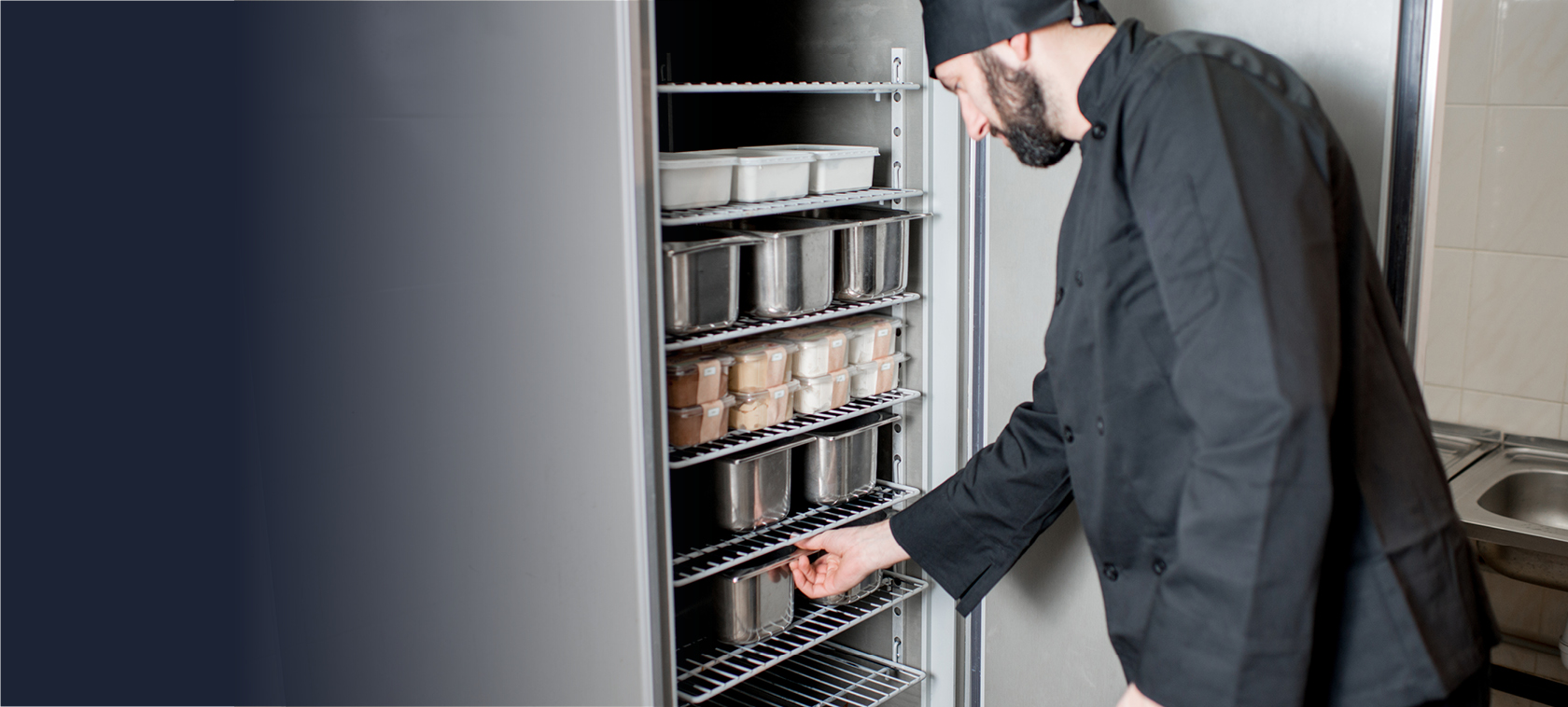Recent reports of defrosted poultry being refrozen and mislabelled have raised serious concerns about food integrity and compliance. For hospitality and catering businesses, this isn’t just a technical issue – it’s a matter of trust, safety, and reputation.
If your venue handles meat products, understanding UK food labelling regulations is essential. Correctly labelling defrosted meat helps you protect customers, maintain compliance, and avoid costly enforcement actions.
What does the law say?
Under retained UK law, specifically Regulation (EU) No 1169/2011 and Regulation (EC) No 853/2004, meat that has been frozen and then thawed must be clearly labelled as “defrosted”.
There are only two exceptions:
1. If the meat is used as an ingredient in a final product (e.g. a cooked meal).
2. If defrosting doesn’t affect the safety, quality, or composition of the product.
To stay compliant, the word “defrosted” must:
- Be easy to read and indelible
- Appear near the product name
- Avoid misleading consumers
This isn’t just a box-ticking exercise—it’s about transparency and food labelling compliance that builds trust with every customer.
Traceability matters
Behind the scenes, food businesses must keep detailed records. These include:
- The original freezing date
- The defrosting date
- The method and conditions of defrosting
These records are vital during inspections and can make all the difference in the event of a complaint or recall.
Common operational challenges include colleagues forgetting to update labels or misunderstanding exemptions. Regular training and clear procedures can help embed best practice. Consider spot checks and refresher sessions to maintain standards.
Implications of incorrect labelling
Mislabelled defrosted meat can have serious consequences.
It may be classed as food fraud, which can lead to enforcement action, fines, and reputational damage. If a customer becomes ill due to poor handling or incorrect labelling, your business could face legal claims and media scrutiny.
Inconsistent labelling also undermines consumer trust. Once lost, that trust is hard to rebuild, especially in a market where diners actively seek visible safety signals before choosing where to eat.
Why it’s more than compliance
Accurate labelling and traceability aren’t just regulatory requirements—they’re trust signals. In a market where over half of UK consumers have experienced food poisoning in the last five years, clarity and honesty are non-negotiable.
Consumers want to know that what they’re eating is safe. And they want visible proof.
Final Thoughts on Defrosted Meat Labelling and Compliance
Correctly labelling defrosted meat is a small detail with big implications. It protects your customers, safeguards your reputation, and ensures your business complies with UK food labelling regulations.
Maintaining these standards isn’t always easy, especially in busy kitchens where mistakes can happen. That’s why building a culture of safety matters. Shield Safety’s Suite of Cover supports businesses in doing just that—through practical guidance, smart tools, and independent checks that keep standards consistent. As part of this, Safe to Trade annual audits provide reassurance that your food safety practices remain strong year-round, helping you avoid risks and maintain consumer confidence.
FAQs
Do I need to label all defrosted meat?
Yes—unless the meat is used as an ingredient in a final product or the defrosting process doesn’t affect its safety or quality.
Where should the “defrosted” label appear?
It must be placed near the product name, be easy to read, and indelible to avoid misleading consumers.
What records do I need to keep when defrosting meat?
You must record the original freezing date, the defrosting date, and the method and conditions used. These records support traceability and due diligence.
What are the risks of incorrect labelling?
Mislabelled defrosted meat can lead to enforcement action, product recalls, and reputational damage. It may also be considered food fraud.
How does Safe to Trade help with labelling compliance?
Safe to Trade approval shows your venue meets high safety standards. It reassures customers that your business follows best practice.



